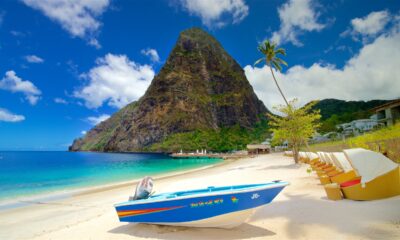Travel
Cartagena Through Pictures: What To Do When In Cartagena

Discover the magic of Cartagena, Colombia – from historic charm to vibrant beaches, savor exquisite cuisine, dance to salsa rhythms, and explore Caribbean wonders. Your unforgettable adventure awaits!
1. Las Bovedas
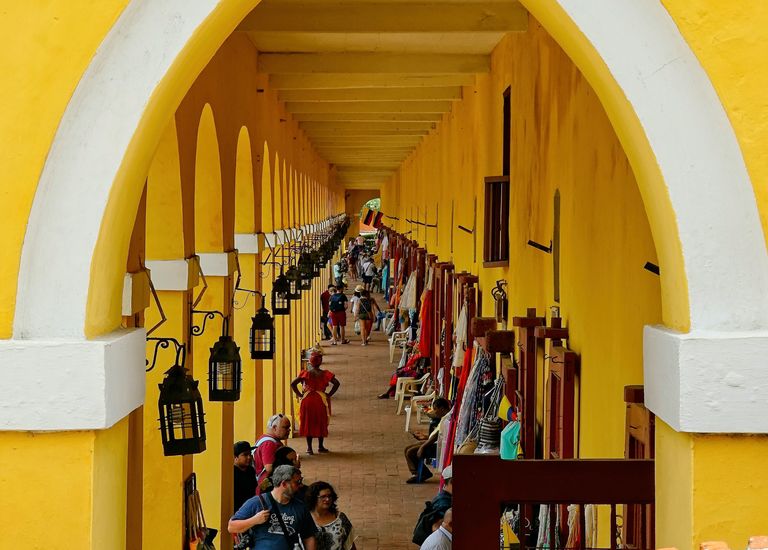
Las Bovedas, an iconic historic site in Cartagena, offers a unique shopping experience with its 23 beautifully preserved arches housing artisan boutiques, perfect for finding one-of-a-kind souvenirs.
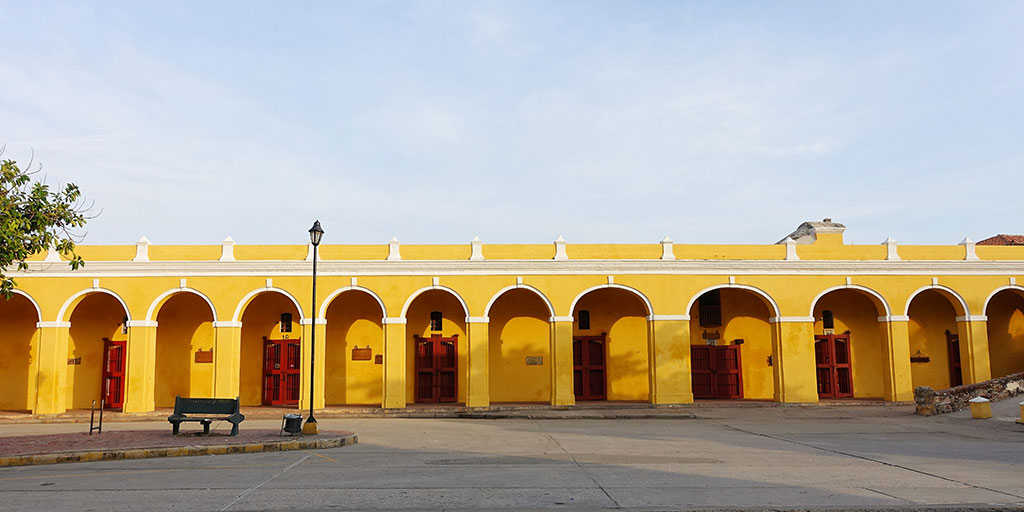
2. Gold Museum (Museo de Oro Zenu)
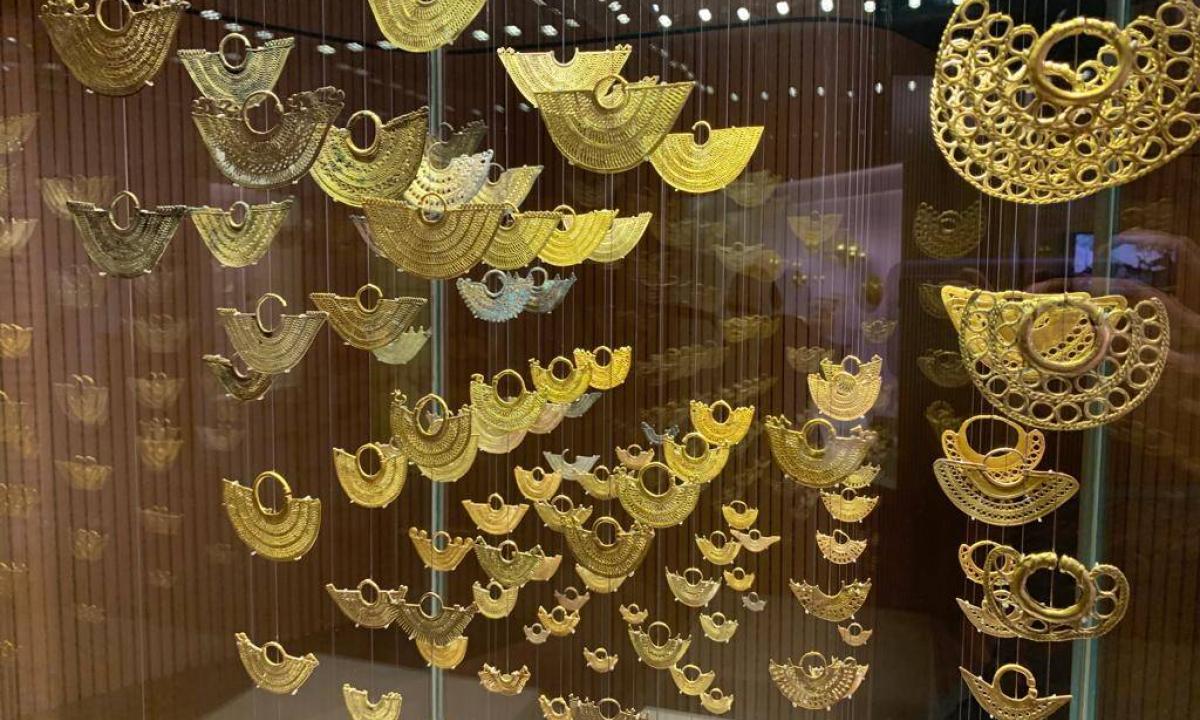
Cartagena’s Gold Museum (Museo de Oro Zenu), was opened in 1982, is dedicated to Colombia’s indigenous Zenu people. More than 530 gold items (including a pre-Hispanic golden jaguar) and bone carvings and textiles from Colombia’s indigenous peoples are on display at a colonial palace in Plaza de Bolivar.
3. Rosario Islands (Islas del Rosario)
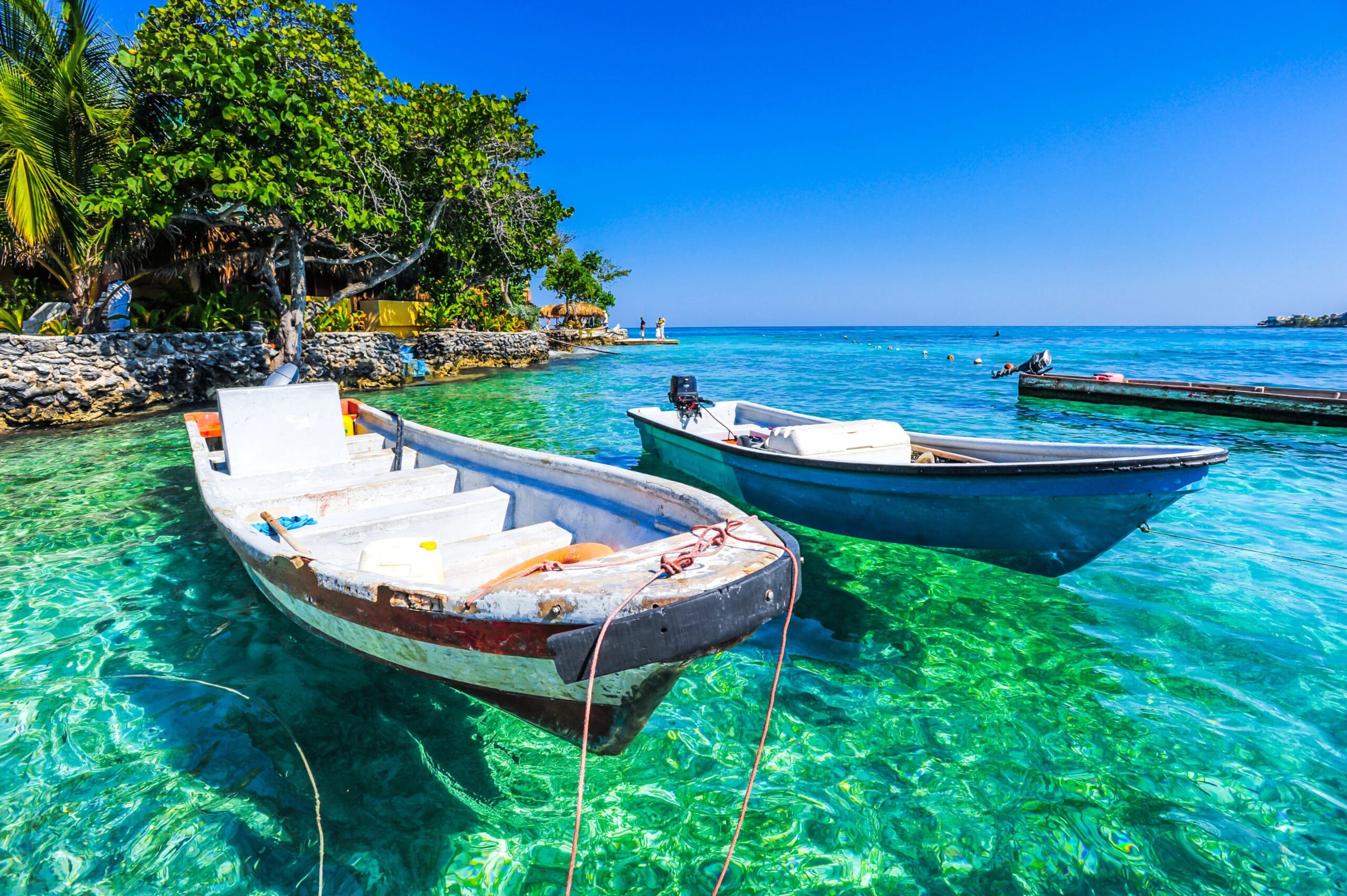
The Rosario Islands (Islas del Rosario) are a must-see on Colombia’s Caribbean Coast, known for its colorful marine life, pure white beaches, and sun-drenched beach resorts. This archipelago of 28 lovely islands sprinkled offshore of the port city of Cartagena makes up Islas del Rosario National Park and stands atop the world’s third-largest barrier reef.
4. Old Town Cartagena
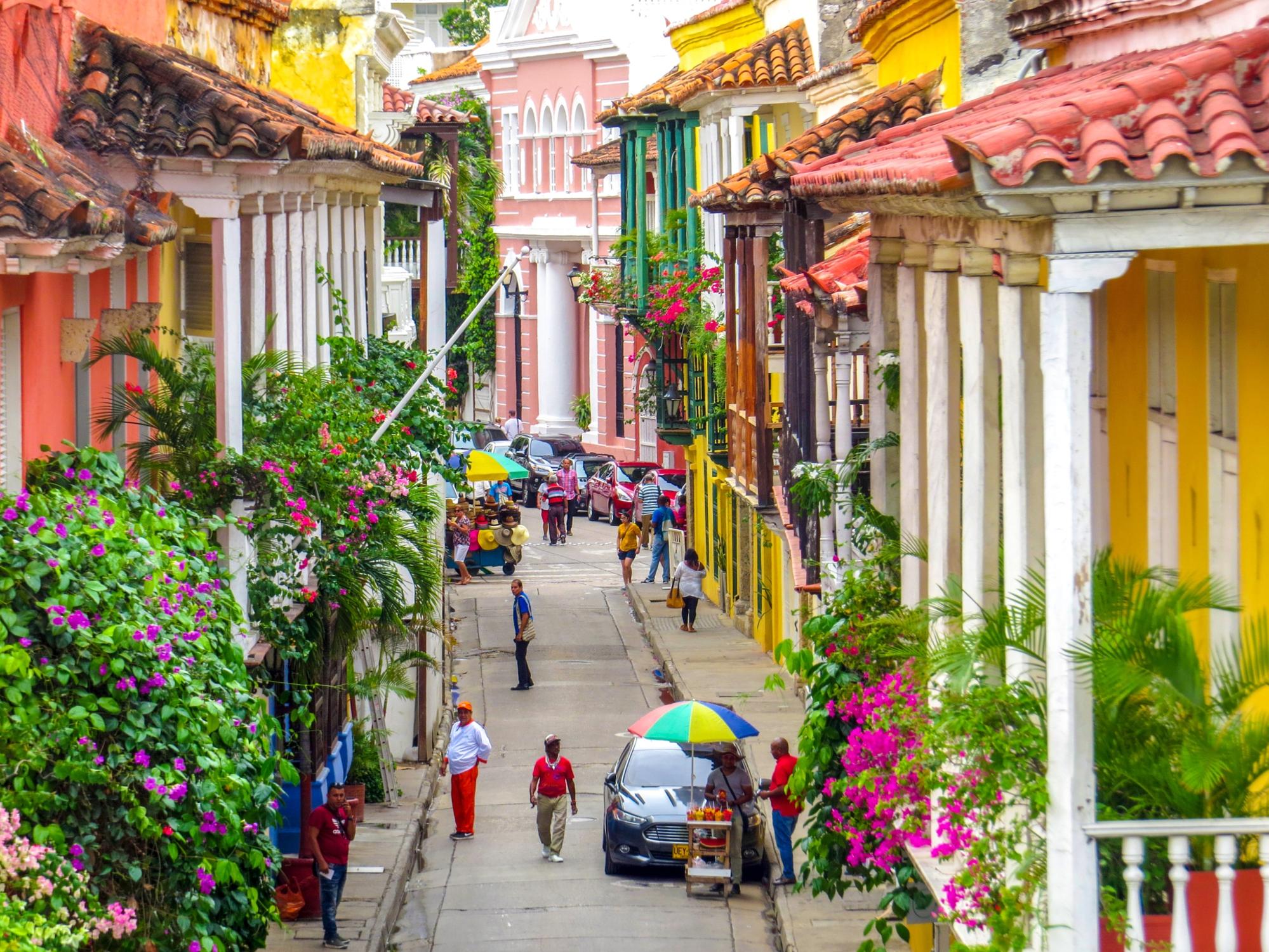
Old Town Cartagena, a UNESCO World Heritage site, enchants visitors with its well-preserved colonial architecture, cobblestone streets, and vibrant plazas, inviting you to step back in time and savor its timeless charm.
5. Bolivar Square (Plaza Bolivar)
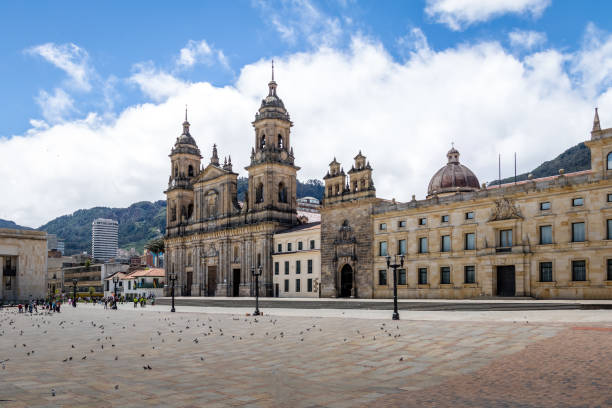
Bolivar Square (Plaza Bolivar) not only provides shade from Cartagena’s Caribbean heat, but it also houses the Palace of the Inquisition museum and the Gold Museum (Museo de Oro Zenu). In between museums, taste Colombian coffee and pastries from street vendors and gaze at the square’s famous statue of Simon Bolivar.
6. Convento de la Popa de la Galera
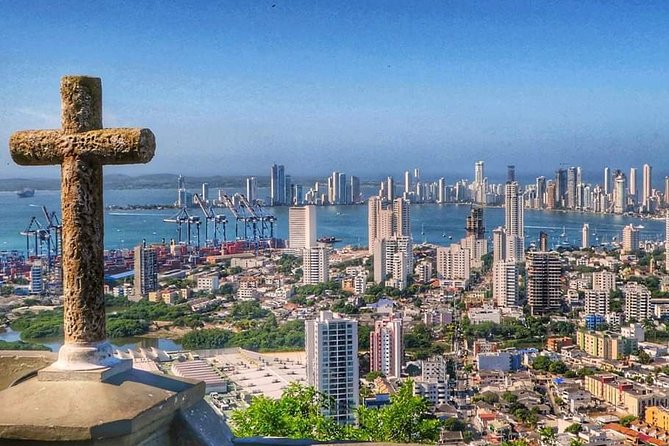
The Convento de la Popa de la Galera is an old and interesting place on a hill in Cartagena, Colombia. It’s famous for the fantastic views of the city and the sea that you can see from there. It’s a great spot to learn about history and enjoy beautiful sights.
7. Totumo Mud Volcano (El Totumo)
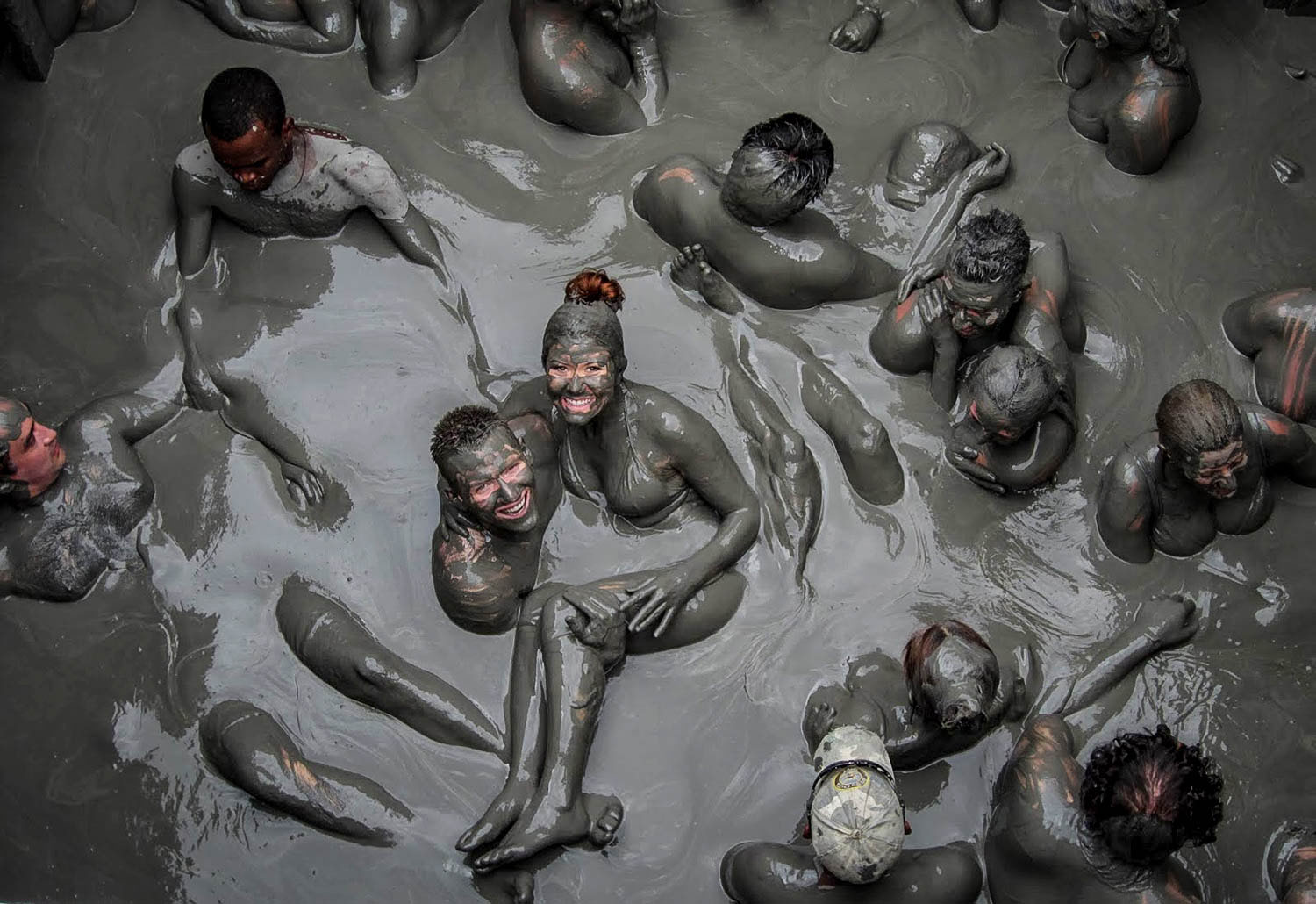
Totumo Volcano (El Totumo) is a popular day trip from Cartagena. A naturally heated spa of grayish brown silt in a tiny volcanic crater has become a popular attraction. After bobbing around in the soupy mixture, proceed next door to the lagoon to wash off the mineral-rich mud, which is considered to have medicinal benefits.

8. Old Shoes Monument (Los Zapatos Viejos)
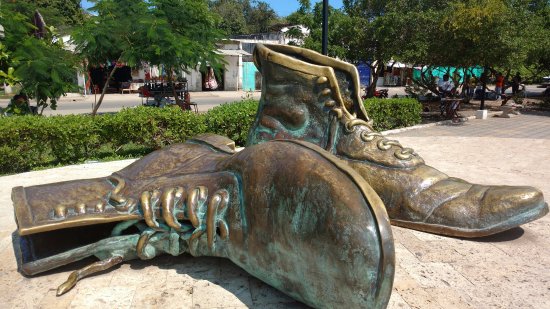
The Old Shoes Monument, also known as “Los Zapatos Viejos” in Bogotá, Colombia, is a quirky metal sculpture made from old shoes and is said to bring good luck to those who touch it. Locals and visitors often rub the shoes for good fortune, making it a charming and interactive piece of street art in the city. Created by artist Hernando Tejada, it consists of oversized bronze shoes and is a popular and unique piece of public art in the city.
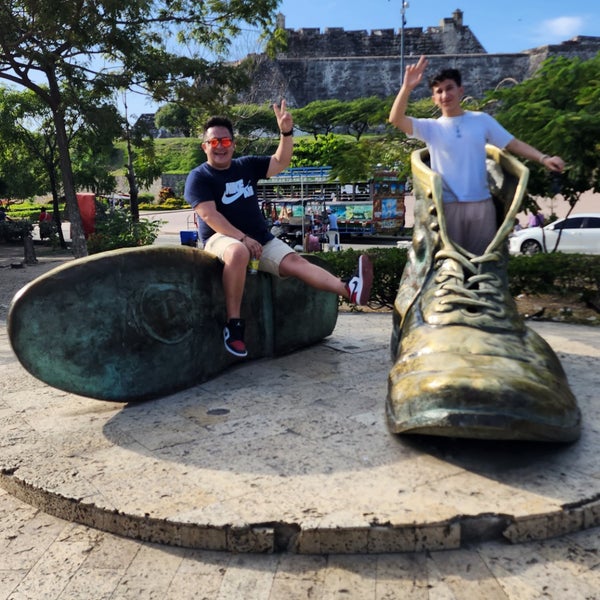
9. Cartagena Cathedral (St. Catherine of Alexandria Cathedral)
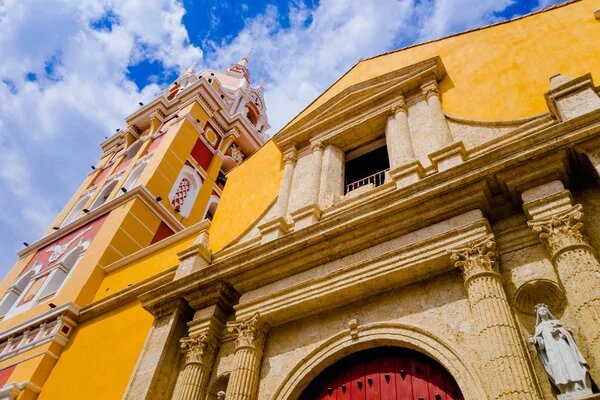
The Cartagena Cathedral, also known as St. Catherine of Alexandria Cathedral, is a historic gem in Colombia’s Old Town. Dating back to the 16th century, its stunning blend of Gothic and colonial architecture, along with a gold-plated altar, showcases its cultural and religious significance. Visitors can also ascend its bell tower for captivating panoramic views of Cartagena and the Caribbean Sea.
10. Cartagena Museum of Modern Art (Museo de Arte Moderno de Cartagena)
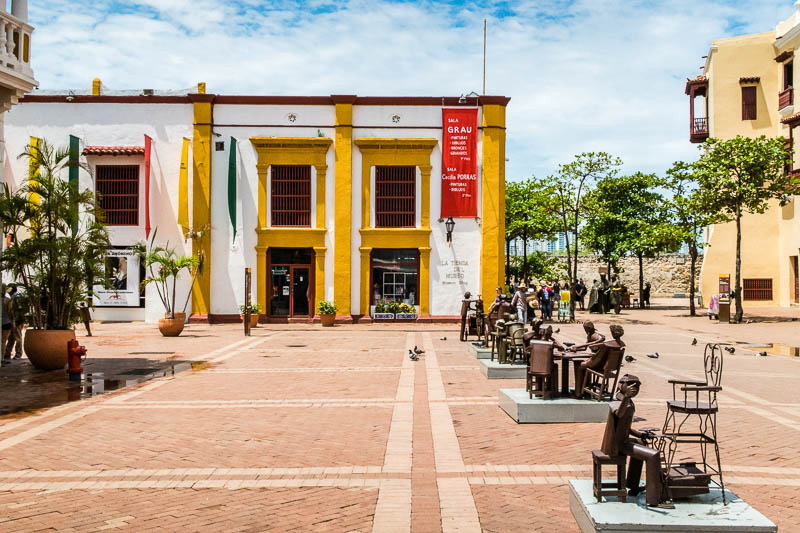
Visit the Cartagena Museum of Modern Art, also known as the Museo de Arte Moderno de Cartagena, to see paintings and sculptures from Colombia and beyond. This museum, housed within the 17th-century Royal Customs House, features a permanent collection as well as changing exhibitions highlighting young artists from across the world.
11. Santo Domingo Church (Iglesia de Santo Domingo)
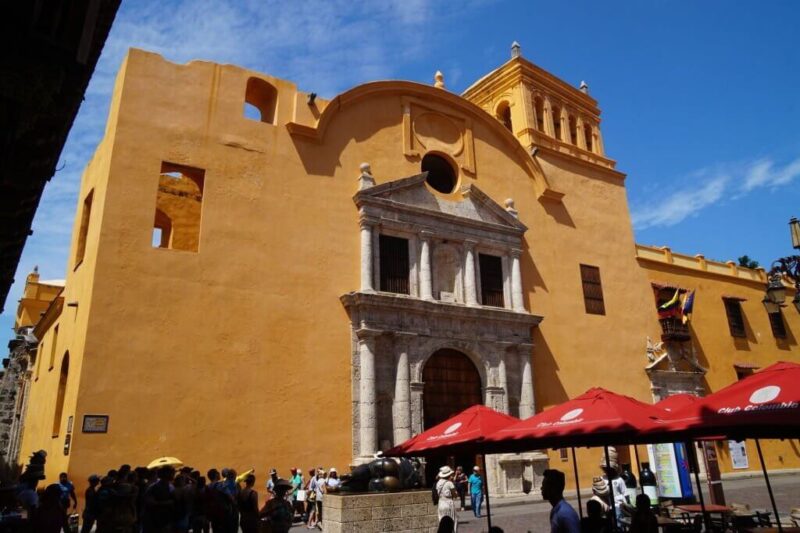
Santo Domingo Church (Iglesia Santo Domingo), founded in 1534, is Cartagena’s oldest church. The church is famous not just for its marble altar and massive central nave, but also for its great location on Plaza Santo Domingo, where street sellers and al fresco cafes create a lively environment.
12. National Aviary of Colombia (Aviario Nacional de Colombia)

The National Aviary of Colombia, located in Barú Island near Cartagena, is the largest aviary in the Americas, housing over 138 species of birds in a natural habitat. It’s a conservation and research center dedicated to the protection and preservation of Colombia’s rich bird diversity, including rare and endangered species.
Visitors can walk through its lush and immersive environments, getting up close to colorful toucans, exotic parrots, and other unique avian inhabitants of Colombia’s diverse ecosystems.
13. San Felipe de Barajas Castle (Castillo San Felipe de Barajas)
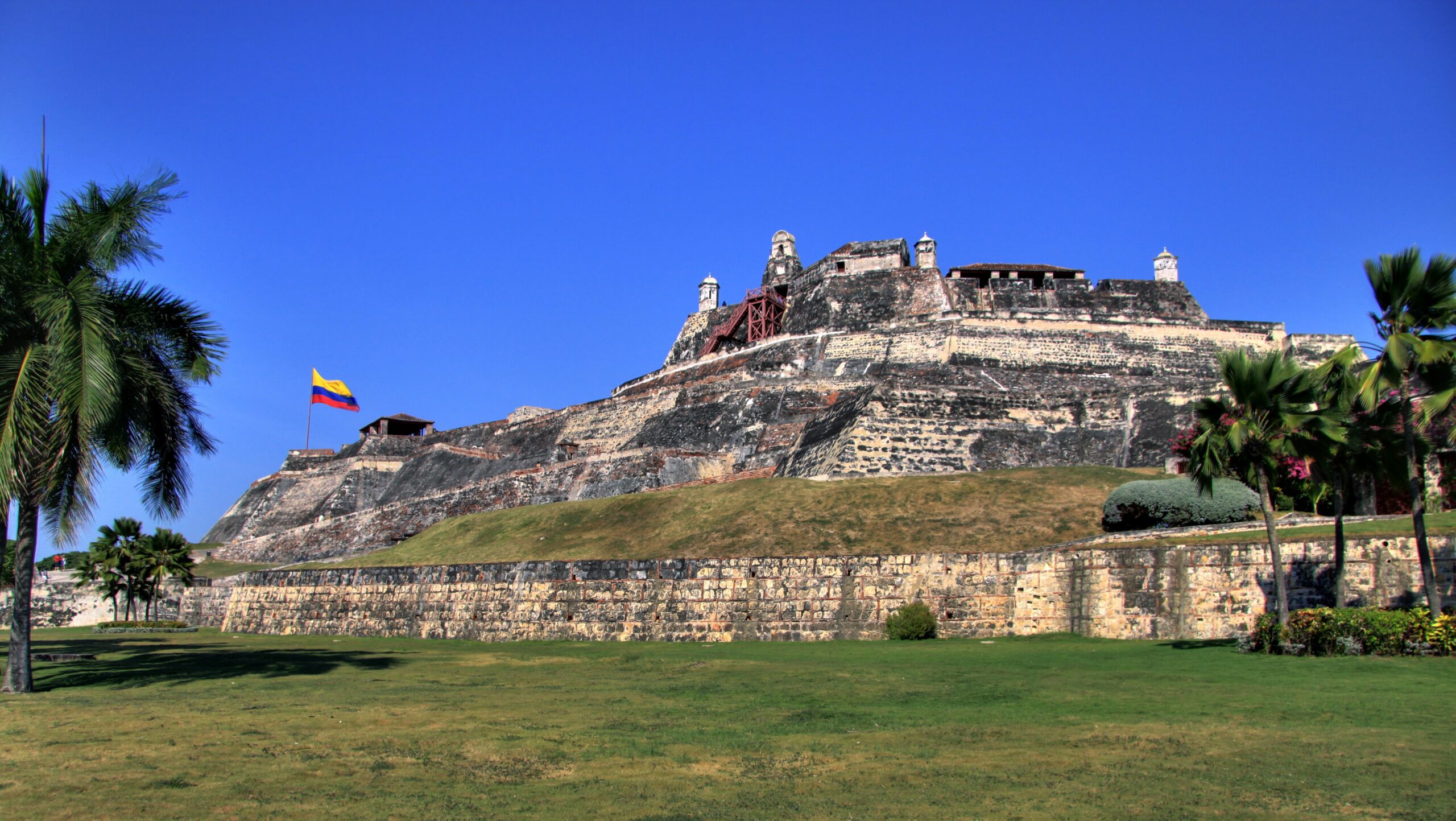
Some historians believe that if it weren’t for the San Felipe de Barajas Castle (Castillo San Felipe de Barajas), South America would currently speak English. The 14th-century fortification safeguarded the seaside city of Cartagena against English assault, helping the Spanish to keep their power. Aside from its historical significance, the castle impresses visitors with its spectacular harbor views.
14. Plaza de San Diego
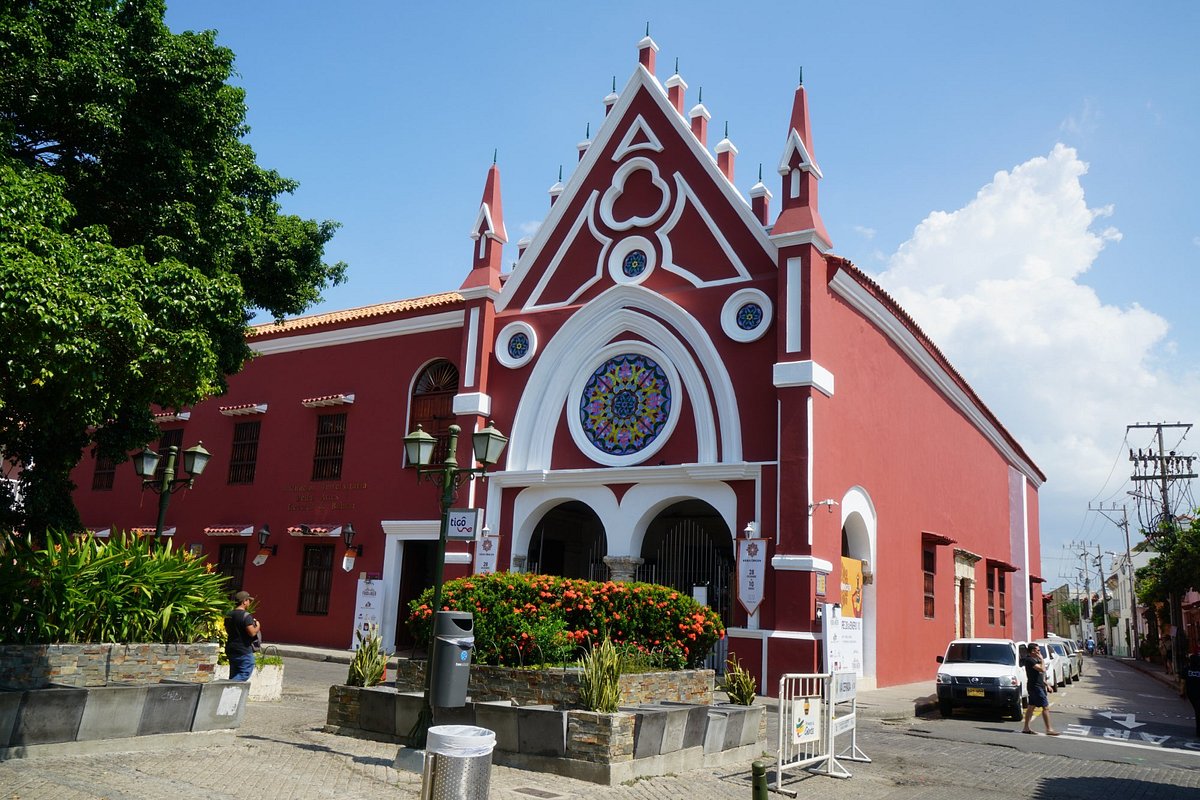
The Plaza de San Diego in Cartagena’s Old Town is filled with street performers every night. Jewelry, Cuban cigars, and paintings are sold by vendors, and at night, two sides of the street are blocked to allow more outdoor seating outside the square’s restaurants.The Plaza de San Diego, surrounded by ice cream-colored buildings and bougainvillea-covered balconies outside the Old Town, is a reminder of Cartagena’s gold, sugar, and slave trade splendor. The square, home to the famed Hotel Santa Clara, is a popular area to sit, grab a drink or meal, and watch the world go by while listening to street entertainers.
15. Cathedral of San Pedro Claver (Iglesia de San Pedro Claver)

The Cathedral of San Pedro Claver (Iglesia de San Pedro Claver) in Cartagena commemorates the life of Saint Pedro Claver, one of the Americas’ early human rights pioneers. The cathedral’s austere stone front suggests a tranquil interior where visitors can pay their respects to the saint’s relics, which are viewable through a gilded glass case.



